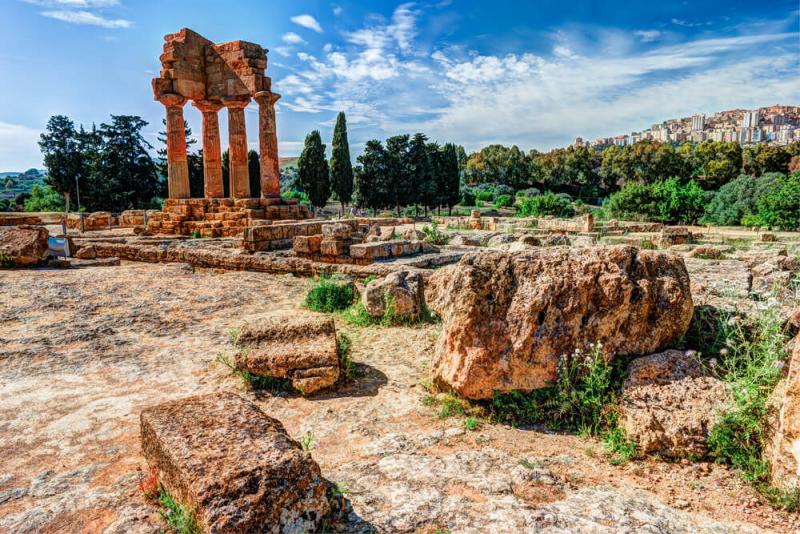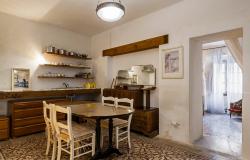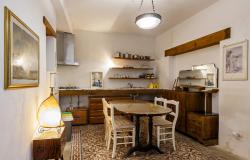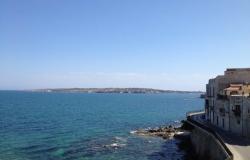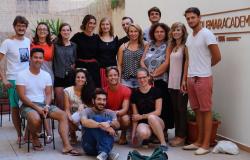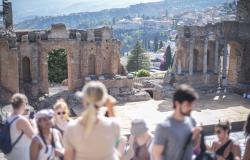Sicily is often described as a crossroads of civilizations, given its long history of foreign domination, from the Greeks to the Romans, to the Arabs, Normans, Aragonese and more.
Here’s an idea for a trip to Sicily that involves nine destinations, each bearing testament to the many civilizations that lived on the island.
Phoenicians – Motya
Exceptional sailors and traders, the Phoenicians were not as good as warriors; so when the Greeks started to settle Sicily, rather than fighting them, they retreated into three places, one of the them the island of Motya, in the Stagnone Lagoon, off the west coast of Sicily, between Trapani and Marsala. The island was renamed San Pantaleo in the 11th century by Basilian monks.
Motya, which became very powerful under the Phoenicians, today is owned and operated by the Whitaker Foundation (Palermo), famous for Marsala wines. Tours are available for the small museum and the well-preserved ruins. Boat tours are available around the Stagnone Lagoon (recommended at sunset).
Greeks – The Temples of Agrigento
Grand and elegant, the Doric Temples of Agrigento are the most significant examples of Greek art and architecture in Sicily; in fact, they’ve been inscribed by Unesco in its World Heritage list. Made of sandstone tuff rather than marble, they take on a golden glow at sunset, which is a great time to visit.
The site, known as Valle dei Templi, features the remains of seven temples, among them:
Temple of Concordia, one of the best preserved;
Temple of Heracles, the most ancient;
Temple of Castor and Pollux, the symbol of modern Agrigento.

Romans – Villa del Casale in Piazza Armerina
It houses the ‘finest mosaics in situ anywhere in the Roman world,’ according to Unesco, which has inscribed Villa Romana del Casale into its World Heritage List.
Built in the 4th century AD, it is one of the most significant examples of ‘representation home’ in the Roman world. The mosaics are outstanding for their colors and craftsmanship, influenced by North African culture. Don’t miss the so-called ‘Bikini Girls’, in the Chamber of the Ten Maidens, which portrays young women performing sports including weight-lifting, discus throwing, running and ball-games; and the ‘Little Hunt’ and the 'Great Hunt' mosaics.
Arabs – the Zisa in Palermo
Not much original art and architecture has remained in Sicily of the Arab domination, but with the advent of the Normans, Arab art had a renaissance, as shows the Zisa (in arab, Al-Aziz, the glorious one), a castle in the western part of Palermo, included in the UNESCO Arab-Norman Palermo World Heritage Site.
Arabian craftsmen built it in the 12th century for King William I of Sicily, conceived as a summer residence for the Norman kings; a sophisticated aeration system made its rooms cool even on the warmest days. Surrounded by luxuriant gardens with plants and fountains, the Zisa is clearly inspired by Moorish architecture and is rich with frescoes and ‘muqarnas’ (a form of architectural ornamented vaulting).

Normans – Castello di Adrano
Around Mount Etna, the Normans built a number of mighty buildings able to withstand any assault; such is the case with the Castle of Adrano, 41 kilometres (25 mi) northwest of Catania, near the foot of the volcano. The 35-meter-high fort featured walls that were up to 2.60 meters thick and ogive windows.
Today, the Castle houses the Archeological Museum of Adrano with antique findings of the region.
The Great Dynasties, Ventimiglia and Chiaromonte – Castello di Castelbuono
Near Palermo, in the Madonie, the Castle of Castelbuono was built in the 14th century by Francesco I di Ventimiglia, a family that originally came from Liguria and became one of the most powerful of Sicily. It has an eclectic architecture, influenced by Arab-Norman and Swabian styles. It features beautiful ceiling coffers and the stunning Cappella Palatina, with stuccos and paintings. Some of its rooms house the Civic Museum. A tunnel connects it to a nearby church and there are numerous secret passages.
Every year, the Castello di Castelbuono hosts the Giostra dei Ventimiglia, a historic re-enactment related to the Ventimiglia family with characters in costumes.
Spanish (Angevins and Aragons) – Benedictine Monastery in Catania
In the historical center of Catania, the Benedictine Monastery of San Nicolò l'Arena is one of the largest monasteries in Europe, thanks to the Benedictine monks who, after the 1693 earthquake that devastated south-eastern Sicily, made it a monumental place in the Baroque style that was so popular at the time.
For its size and splendor it can be compared to a royal palace. Today, it houses the Faculty of Humanities of the University of Catania and two beautiful libraries.

Bourbons – Villa Giulia in Palermo
“The most beautiful place in the world,” said Goethe of Villa Giulia, a park in Palermo, first completed in 1778. It was commissioned by Antonino La Grua, an official for the Borbons. The highlight of the park is the dodecahedron fountain, which features a sculpture of a dodecahedral marble clock. Around the central fountain are four exedra, intended to be used for musical performances. The entire central square was and is the heart of Villa Giulia, originally used for musical and theatrical entertainment.
The avenues of the garden are lined with various busts depicting notable people in Palermo's history. Among the marble sculptures, the most significant is the “Genius of Palermo,” one of the city symbols.
